However, with the rising demand for sustainability and aesthetics, designers and builders are constantly seeking innovative solutions to meet these requirements. One such solution that has garnered immense attention is lightweight sandstone facades. This article explores how these facades have revolutionized the architecture industry, highlighting their benefits and addressing common misconceptions. 1. The Beauty of Lightweight Sandstone Facades: Lightweight sandstone facades offer the timeless elegance of natural stone, enabling architects to create stunning and visually appealing designs.
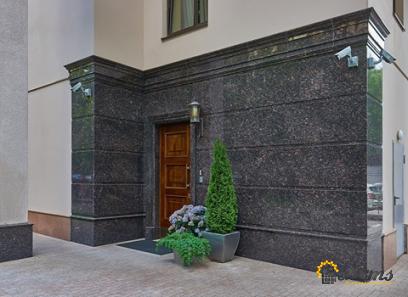
.
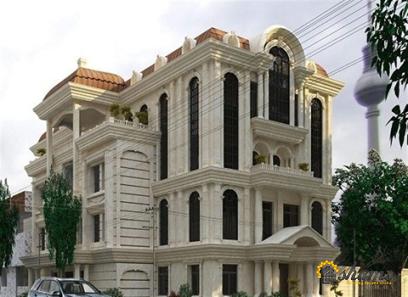 The stone’s unique textures, hues, and patterns can be used to complement or contrast with different architectural styles, adding a touch of sophistication to any structure. The lightweight nature of these facades also allows for greater creative freedom, enabling imaginative designs that were once limited to heavier construction techniques. 2. Adaptable and Versatile: One of the most significant advantages of lightweight sandstone facades is their adaptability to various construction methods and architectural styles. Architects and builders can choose from a wide selection of colors, finishes, and dimensions, customizing each facade to meet the specific project requirements. Whether it’s a modern high-rise, a historical restoration, or a contemporary residential development, these facades can seamlessly integrate into any design vision.
The stone’s unique textures, hues, and patterns can be used to complement or contrast with different architectural styles, adding a touch of sophistication to any structure. The lightweight nature of these facades also allows for greater creative freedom, enabling imaginative designs that were once limited to heavier construction techniques. 2. Adaptable and Versatile: One of the most significant advantages of lightweight sandstone facades is their adaptability to various construction methods and architectural styles. Architects and builders can choose from a wide selection of colors, finishes, and dimensions, customizing each facade to meet the specific project requirements. Whether it’s a modern high-rise, a historical restoration, or a contemporary residential development, these facades can seamlessly integrate into any design vision.
..
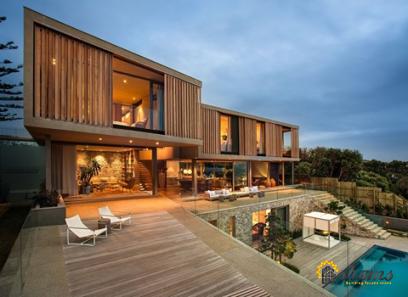 3. Cost-Effectiveness: Compared to traditional solid stone facades, lightweight sandstone facades offer a cost-effective alternative without compromising on quality or visual appeal. The reduced weight reduces the need for massive structural support, resulting in lower construction costs. Additionally, the lightweight nature of these facades simplifies transportation and installation, reducing labor expenses and minimizing the overall timeline of the project. 4. Durability and Sustainability: While lightweight, sandstone facades do not compromise on durability. High-quality lightweight sandstone materials undergo rigorous testing processes to ensure their strength and weather resistance. These facades can withstand harsh weather conditions, UV radiation, and environmental pollutants, ensuring that they retain their beauty and structural integrity for years to come. Furthermore, due to their lightweight nature, these facades have a smaller carbon footprint compared to traditional stone facades, contributing to sustainable construction practices.
3. Cost-Effectiveness: Compared to traditional solid stone facades, lightweight sandstone facades offer a cost-effective alternative without compromising on quality or visual appeal. The reduced weight reduces the need for massive structural support, resulting in lower construction costs. Additionally, the lightweight nature of these facades simplifies transportation and installation, reducing labor expenses and minimizing the overall timeline of the project. 4. Durability and Sustainability: While lightweight, sandstone facades do not compromise on durability. High-quality lightweight sandstone materials undergo rigorous testing processes to ensure their strength and weather resistance. These facades can withstand harsh weather conditions, UV radiation, and environmental pollutants, ensuring that they retain their beauty and structural integrity for years to come. Furthermore, due to their lightweight nature, these facades have a smaller carbon footprint compared to traditional stone facades, contributing to sustainable construction practices.
…
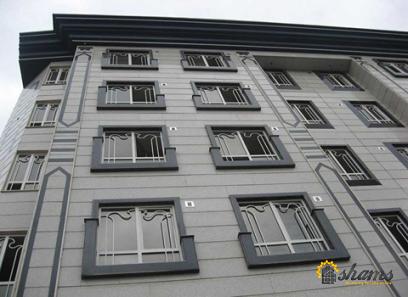 5. Common Misconceptions: There are some misconceptions surrounding lightweight sandstone facades, primarily related to their stability and longevity. However, advancements in technology have addressed these concerns, ensuring that these facades are not only aesthetically pleasing but also highly stable and long-lasting. By choosing reputable manufacturers and suppliers who adhere to industry standards, architects and contractors can confidently incorporate lightweight sandstone facades into their projects. Conclusion: The emergence of lightweight sandstone facades has revolutionized the way architects and builders approach sustainable and visually appealing designs. Offering a perfect blend of aesthetics, functionality, and cost-effectiveness, these facades have become an indispensable tool in contemporary architecture. By embracing lightweight sandstone facades, designers can push the boundaries of creativity while adhering to sustainability principles, enhancing the beauty and durability of their architectural masterpieces.
5. Common Misconceptions: There are some misconceptions surrounding lightweight sandstone facades, primarily related to their stability and longevity. However, advancements in technology have addressed these concerns, ensuring that these facades are not only aesthetically pleasing but also highly stable and long-lasting. By choosing reputable manufacturers and suppliers who adhere to industry standards, architects and contractors can confidently incorporate lightweight sandstone facades into their projects. Conclusion: The emergence of lightweight sandstone facades has revolutionized the way architects and builders approach sustainable and visually appealing designs. Offering a perfect blend of aesthetics, functionality, and cost-effectiveness, these facades have become an indispensable tool in contemporary architecture. By embracing lightweight sandstone facades, designers can push the boundaries of creativity while adhering to sustainability principles, enhancing the beauty and durability of their architectural masterpieces.

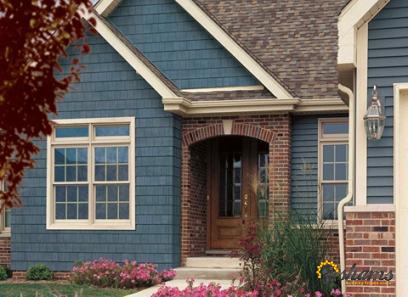
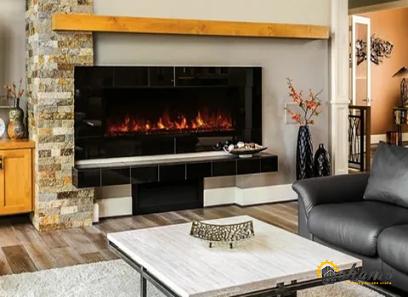
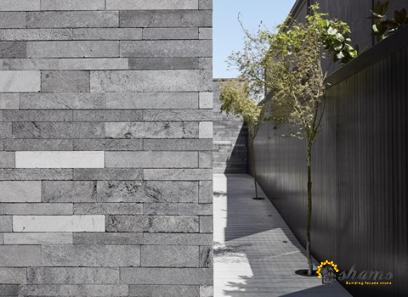
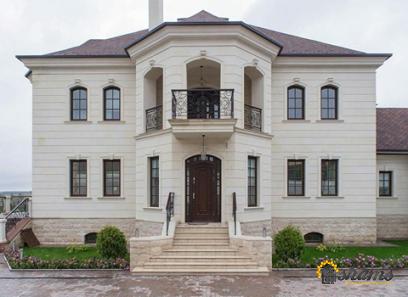
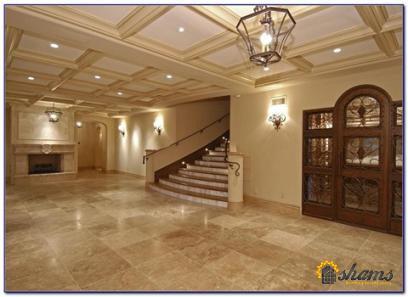

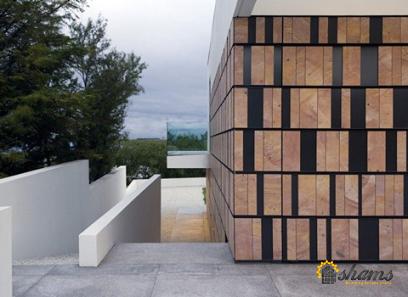
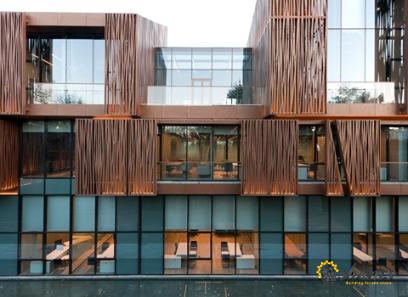
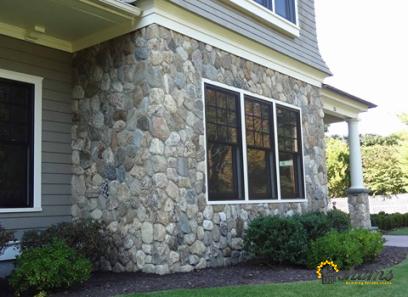
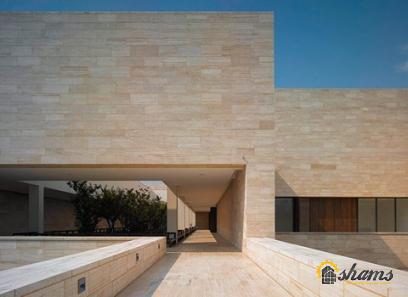
Your comment submitted.